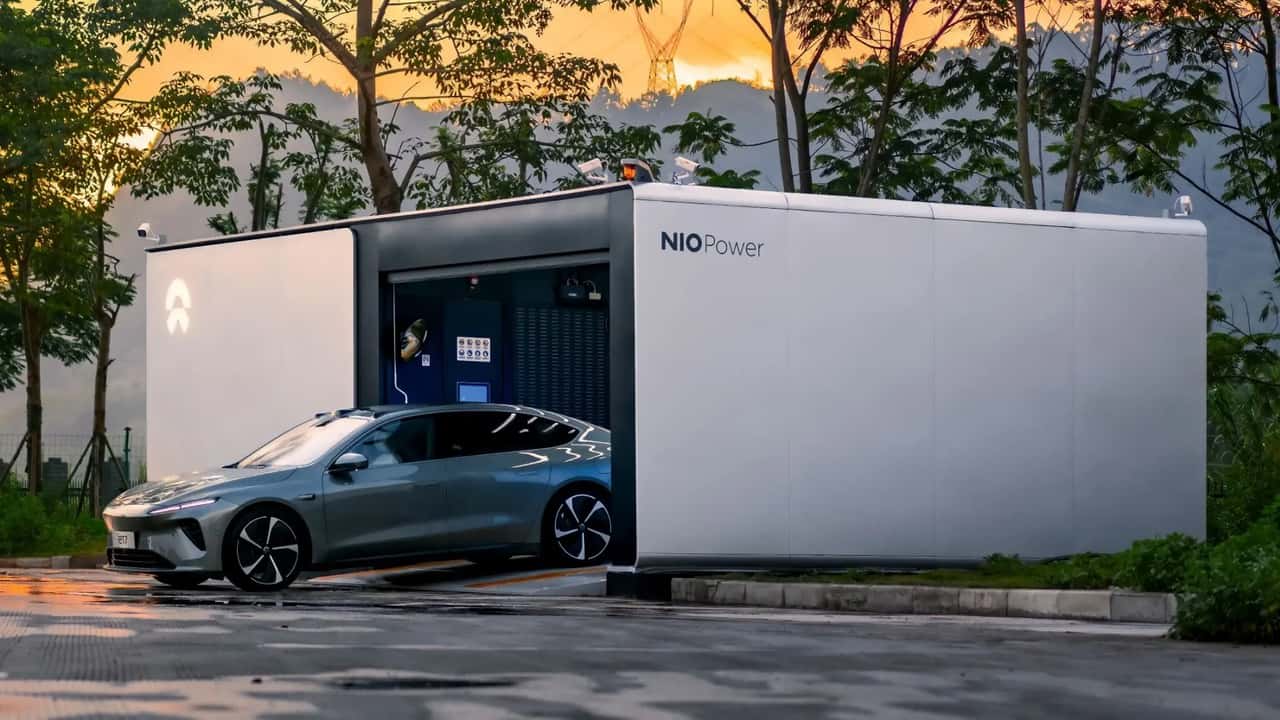Battery Swap Technology: The Future of Electric Cars?
The automotive industry is undergoing a significant transformation, with electric vehicles (EVs) emerging as a promising alternative to traditional gasoline-powered cars. However, the limited driving range and lengthy charging times of EVs have been major obstacles to their widespread adoption. Battery swap technology offers a potential solution to these challenges, promising faster and more convenient charging experiences for EV owners.

What is Battery Swap Technology?
Battery swap technology involves replacing a depleted battery with a fully charged one in a matter of minutes. This eliminates the need for lengthy charging sessions and allows EV owners to quickly resume their journey. Battery swapping stations, similar to traditional gas stations, would be equipped with specialized machinery to perform the battery exchange process efficiently and safely.

Advantages of Battery Swap Technology:
1. Rapid Charging: Battery swapping enables ultra-fast charging, allowing EV owners to swap their depleted batteries for fully charged ones in just a few minutes. This significantly reduces the time spent waiting for a vehicle to charge, making EVs more practical for long-distance travel and daily commutes.
2. Increased Driving Range: By eliminating the need to wait for charging, battery swap technology effectively extends the driving range of EVs. This addresses one of the major concerns associated with EVs, particularly for those who frequently travel long distances or in areas with limited charging infrastructure.
3. Standardized Batteries: Battery swapping requires standardized battery sizes and designs across different vehicle manufacturers. This standardization simplifies the battery swapping process and ensures compatibility with various EV models. Additionally, it encourages economies of scale, potentially reducing the cost of battery production and replacement.

Challenges and Considerations:
1. Battery Standardization: Achieving widespread adoption of battery swap technology requires standardization of battery designs and sizes across vehicle manufacturers. This can be a complex process, as different manufacturers may have their own proprietary battery designs.
2. Battery Swapping Infrastructure: Establishing a comprehensive network of battery swapping stations is crucial for the success of battery swap technology. This requires significant investment and coordination among governments, private companies, and energy providers.
3. Battery Life and Degradation: The frequent swapping of batteries may affect their lifespan and performance over time. Ensuring the durability and longevity of batteries is essential for the long-term viability of battery swap technology.
Battery swap technology has the potential to transform the EV landscape by addressing key challenges such as limited driving range and lengthy charging times. However, the successful implementation of this technology hinges on overcoming standardization issues, establishing a robust network of battery swapping stations, and ensuring the durability of batteries. As the automotive industry continues to evolve, battery swap technology remains a promising solution for accelerating the adoption of electric vehicles and promoting sustainable transportation.
